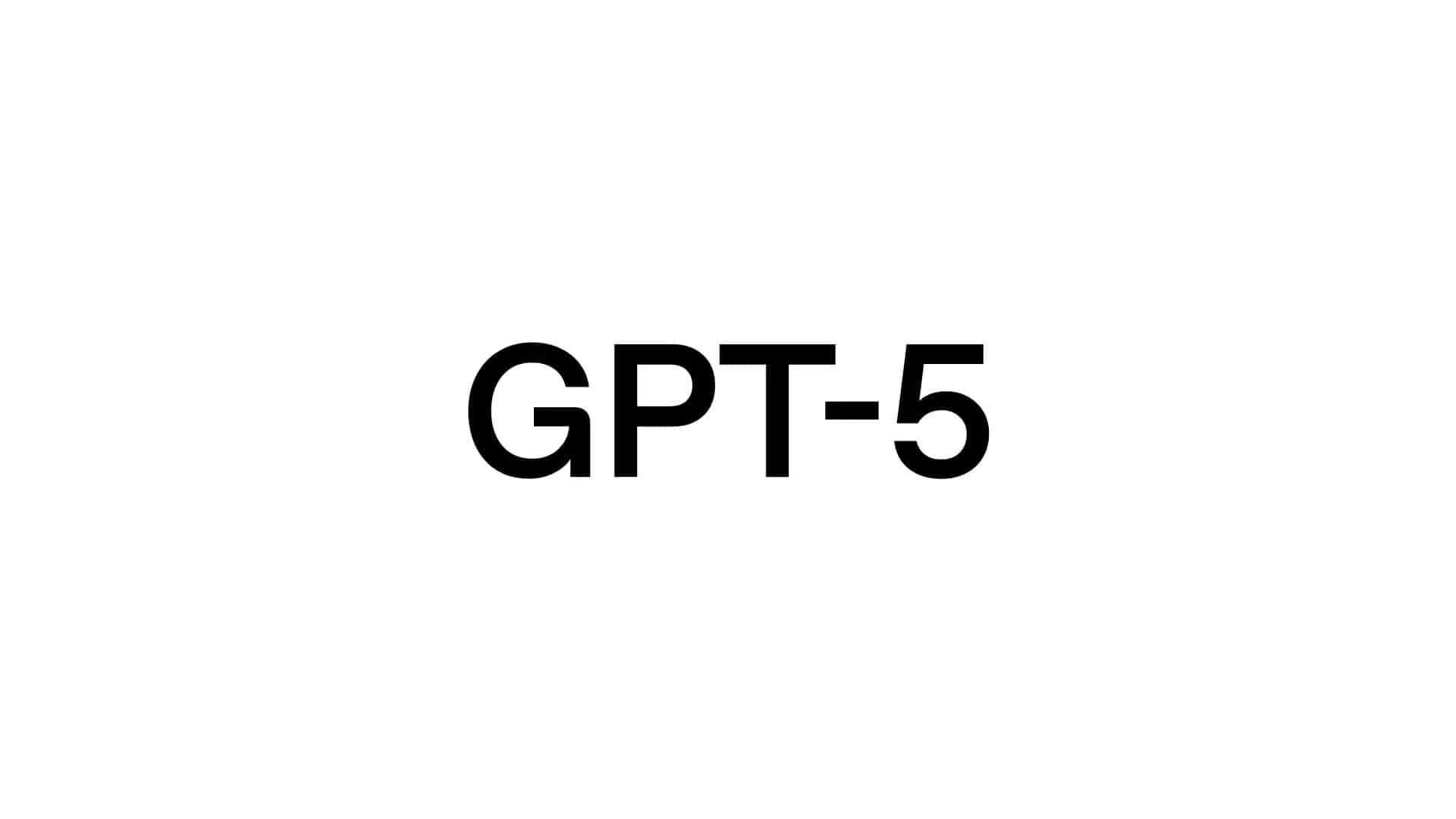OpenAI has officially introduced GPT-5, their latest AI system, which they describe as “the smartest, fastest, and most useful model ever created.” This fifth generation not only marks an evolutionary leap from previous models like GPT-4 and GPT-4.5 but also features a new, more adaptive, reliable, and useful architecture for complex real-world tasks.
GPT-5 is not just a more powerful model; it’s an AI platform designed to think, capable of deciding how to respond based on the complexity of the task. This is achieved through an architecture consisting of:
- An efficient base model optimized for most queries.
- A deep reasoning model called “GPT-5 Thinking,” automatically activated for difficult tasks or prompted with commands like “think in detail.”
- A real-time intelligent router that determines which component to use depending on the type of conversation, its difficulty, required tools, and user intent.
The system is continually trained with real signals—like user preferences, model changes during conversations, and success rates—to improve continuously. According to OpenAI, “GPT-5 knows when to respond quickly and when to think more deeply,” doing so with unprecedented efficiency.
Beyond benchmarks, GPT-5 substantially surpasses previous models across various domains:
| Area | Result |
|---|---|
| Mathematics (AIME 2025) | 94.6% without tools |
| Real programming (SWE-bench Verified) | 74.9% |
| Multilingual coding (Aider Polyglot) | 88% |
| Multimodality (MMMU) | 84.2% |
| Healthcare (HealthBench Hard) | 46.2%, best so far |
| Scientific reasoning (GPQA, no tools) | 88.4% |
These achievements translate into improved performance in tasks like complex writing, front-end coding, interpreting charts, clinical reasoning, and solving advanced engineering problems.
OpenAI has also released GPT-5 Pro, an optimized version suitable for demanding tasks with high economic value. It employs scaled parallel reasoning to think better, faster, and in less time. In external tests on over 1,000 real tasks, GPT-5 Pro was preferred 67.8% of the time over the standard version, made 22% fewer serious errors, and was especially valued in science, health, mathematics, and programming. This version is available for ChatGPT Pro subscribers and enterprise users.
One of GPT-5’s significant advancements concerns reliability and transparency:
- 80% fewer factual hallucinations compared to GPT-3.
- Better recognition of impossible or poorly specified tasks, with clear explanations of why it cannot respond.
- Reduced flattery responses from 14.5% to 6%, thanks to new training mechanisms.
It also features a new safe-response security approach, replacing automatic rejection, allowing it to give useful, albeit partial, answers without compromising safety—particularly useful in dual-use domains like biology and chemistry.
Enhancements in coding, writing, and health include:
- Coding: the most advanced programming model from OpenAI, capable of designing interfaces with aesthetic sense and debugging large codebases.
- Writing: mastery of complex structures like free verse or argumentative prose, suitable for emails, reports, speeches, or creative content.
- Healthcare: superior assistance capabilities, such as formulating key questions, detecting risks, and adapting responses based on user knowledge or geographic context. GPT-5 supplements healthcare practitioners as an information ally—though it doesn’t replace doctors.
GPT-5 also improves multimodal reasoning, enabling better analysis of images, graphs, and diagrams, generating responses from visual inputs, summarizing slides, and navigating environments with visual or spatial information.
Thanks to improved steerability, users can choose from four predefined personalities to tailor the conversation style:
- Nerd: curious and didactic.
- Robot: direct and technical.
- Cynic: ironic and skeptical.
- Listener: empathetic and patient.
These profiles are initially available in text, with voice features coming soon, all meeting high standards of quality, safety, and lack of flattery.
Access to GPT-5 is through ChatGPT, replacing earlier versions such as GPT-4.1 and GPT-4.5, with different levels of availability:
- Free users have limited access, transitioning automatically to GPT-5 Mini upon reaching limits.
- Plus users have smooth, default access to GPT-5.
- Pro users and enterprise customers have unlimited access to GPT-5 and GPT-5 Pro.
- Full deployment for companies, teams, and educational sectors begins on August 14, 2025.
Developers can also leverage GPT-5 via OpenAI’s API or through the Codex CLI tool.
FAQ highlights:
- GPT-5 outperforms GPT-4 in precision, reasoning, multimodality, and reliability, with adaptive responses based on task complexity.
- GPT-5 Pro offers extended reasoning for complex scientific, health, engineering, and coding tasks, available to Pro and enterprise users.
- It is suitable as an informational healthcare assistant but does not replace medical professionals.
- It features enhanced safety mechanisms, reduces hallucinations, better detects impossible tasks, and is less prone to lying or overestimating abilities.
In essence, GPT-5 is more than just a new version; it’s a matured AI platform aware of its limitations, powerful in reasoning, and highly useful in everyday life, professional work, and education. With this launch, OpenAI reshapes how language models integrate into real-world applications.

